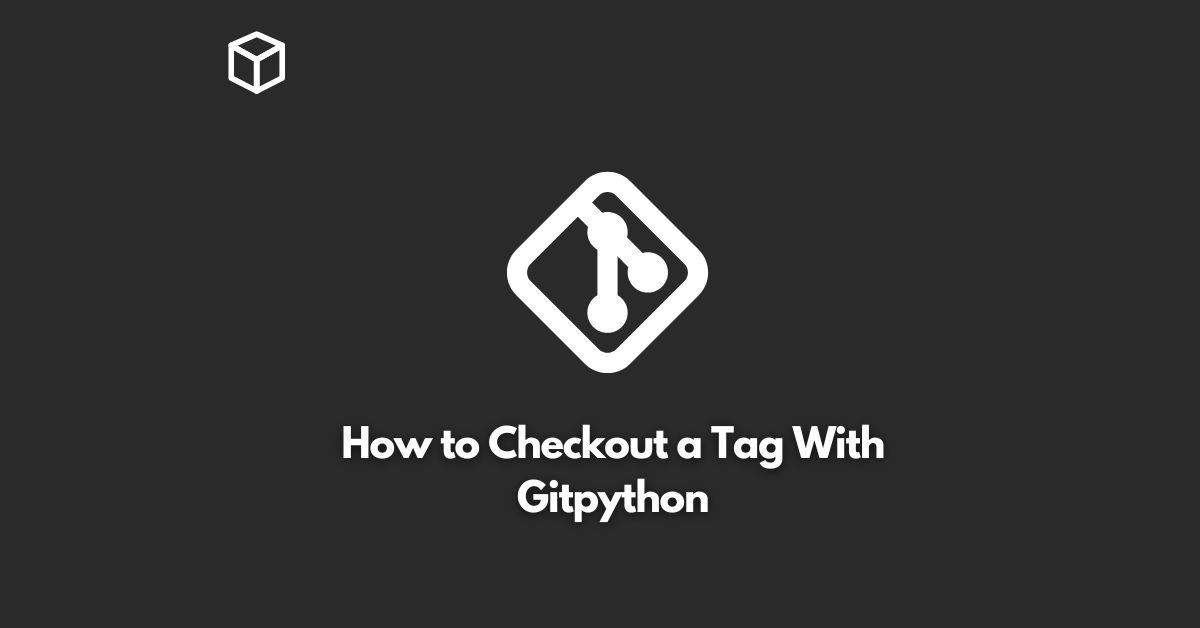Git is a popular version control system that is widely used by software developers.
It allows you to track changes in your code, collaborate with other developers, and keep track of different versions of your code.
If you’re a Python developer, you can use the Gitpython library to interact with Git from within your Python code.
In this tutorial, we’ll discuss how you can use Gitpython to checkout a tag in Git.
What is Gitpython?
Gitpython is a Python library that provides an interface for interacting with Git repositories.
It allows you to perform various Git operations, such as cloning repositories, creating branches, and managing commits, from within your Python code.
This makes it easier for you to automate tasks and integrate Git into your workflow.
What is a Tag in Git?
In Git, a tag is a named reference to a specific commit.
Unlike branches, tags are not updated automatically as you make new commits.
Instead, they serve as a way to mark a specific version of your code, such as a release or a milestone.
You can think of a tag as a label that you apply to a commit to help you remember what that version of your code represents.
Checkout a Tag with Gitpython
To checkout a tag with Gitpython, you first need to clone the repository that contains the tag you want to checkout. Here’s an example of how to clone a repository using Gitpython:
import git
repo = git.Repo.clone_from("https://github.com/username/repository.git", "./repository")Once you’ve cloned the repository, you can use the checkout method of the repo object to checkout a specific tag.
Here’s an example:
repo.git.checkout("tag_name")In this example, tag_name should be replaced with the name of the tag you want to checkout.
It’s important to note that checking out a tag will switch your working directory to a detached HEAD state.
This means that you won’t be on any branch, and any changes you make will not be associated with a branch.
If you want to make changes to the code in a tag and keep track of those changes, you should first create a new branch.
Conclusion
In this tutorial, we’ve discussed how to checkout a tag with Gitpython.
By using the Gitpython library, you can easily automate tasks and integrate Git into your Python workflow.
Whether you’re working on a personal project or a team project, Gitpython can help you manage your code more effectively.




